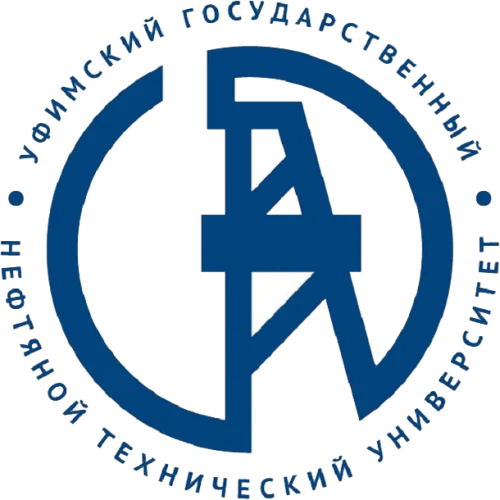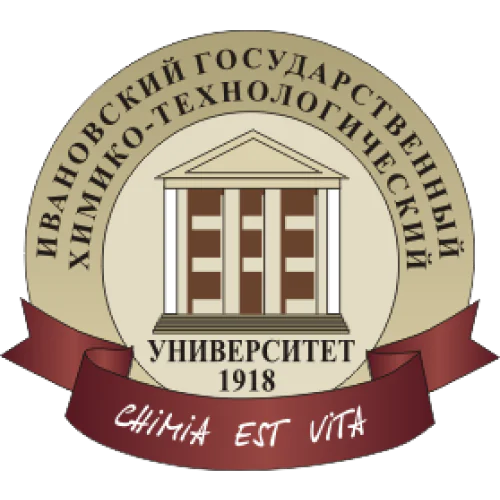Comparison of coking additives obtained from different types of oil stock
Coke producers often face a shortage of valuable grades of coals, i.e. coking coals. This paper examines the possibility to obtain a coking additive by applying delayed coking to various types of heavy petroleum residues. The paper also gives a comparative description. Five types of heavy petroleum residue from the KINEF oil refinery were used in the experiments that aimed to produce carbon material. They included vacuum residue ELOU-AVT-6, vacuum residue S-1000 resultant from the hydrocracking process, visbreaker bottoms from the S-3000 unit, and two mixtures of the ELOU-AVT-6 unit products: a mixture of vacuum residue and third vacuum cut; and a mixture of vacuum residue, third vacuum cut and atmospheric residue. The carbon material obtained from all the above types of raw materials was analyzed for quality; an X-ray diffraction analysis was carried out; and the interplanar spacings d002 and d110 were calculated, as well as the linear sizes of Lc and La crystallites. The coking additive obtained instead of the typical petroleum coke was found to meet the specification. Thus, the volatile matter content in it is within the range from 15 to 25 wt%. This additive can be used in steel production instead of coking coal. The coking additive from a mixture of vacuum residue, third vacuum cut and atmospheric residue has the highest content of volatile matter (19.30%), while the coking additive from the visbreaking residue from the S-3000 has the lowest volatile matter content (16.15%). The latter is due to the fact that the primary petroleum material was subjected to light thermal cracking. It is shown that as the composition of the heavy petroleum residue changes, so do the properties of the resultant coking additive: a higher fraction of the low-boiling components in the feedstock is associated with a higher volatile matter content; the carbon materials produced from vacuum residue have a higher microhardness; the coking product produced from the visbreaker bottoms has a lower porosity compared with the product obtained from the vacuum residue. This research was carried out as part of a governmental assignment of the Ministry of Education and Science of the Russian Federation in the framework of the following research project: 0792-2020-0010 “Fundamentals of innovative processing techniques to obtain environmentally-friendly motor fuels and innovative carbon materials with variable macro- and microstructure of the mesophase from heavy hydrocarbon materials”. The research was carried out at the laboratory of the Shared Knowledge Centre of the Saint Petersburg Mining University.
Citations by journals
|
1
|
|
|
Crystals

|

Crystals
1 publication, 25%
|
|
Journal of Mining Institute

|

Journal of Mining Institute
1 publication, 25%
|
|
Petroleum Engineering

|

Petroleum Engineering
1 publication, 25%
|
|
Izvestiya Vysshikh Uchebnykh Zavedenii, Seriya Khimiya i Khimicheskaya Tekhnologiya

|

Izvestiya Vysshikh Uchebnykh Zavedenii, Seriya Khimiya i Khimicheskaya Tekhnologiya
1 publication, 25%
|
|
1
|
Citations by publishers
|
1
|
|
|
Multidisciplinary Digital Publishing Institute (MDPI)

|

Multidisciplinary Digital Publishing Institute (MDPI)
1 publication, 25%
|
|
Saint Petersburg Mining University

|

Saint Petersburg Mining University
1 publication, 25%
|
|
Ufa State Petroleum Technological University

|

Ufa State Petroleum Technological University
1 publication, 25%
|
|
Ivanovo State University of Chemistry and Technology

|

Ivanovo State University of Chemistry and Technology
1 publication, 25%
|
|
1
|
- We do not take into account publications that without a DOI.
- Statistics recalculated only for publications connected to researchers, organizations and labs registered on the platform.
- Statistics recalculated weekly.
